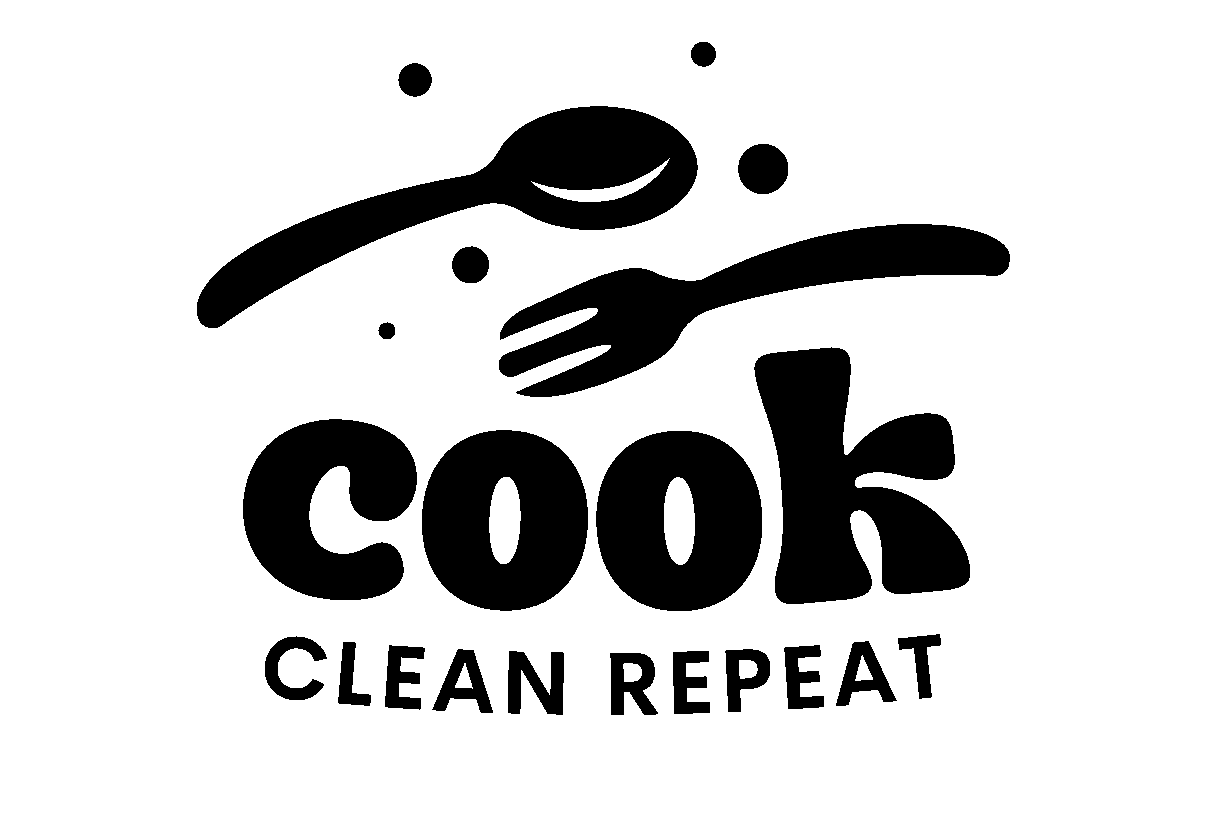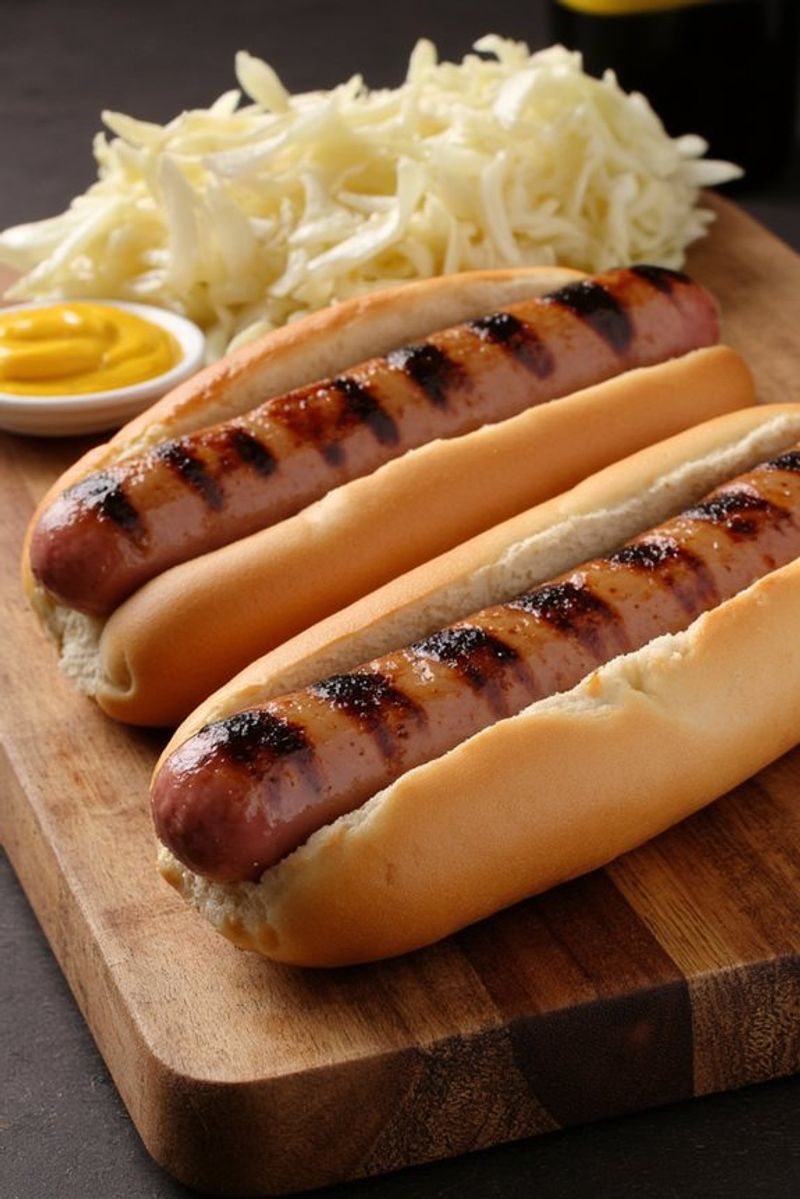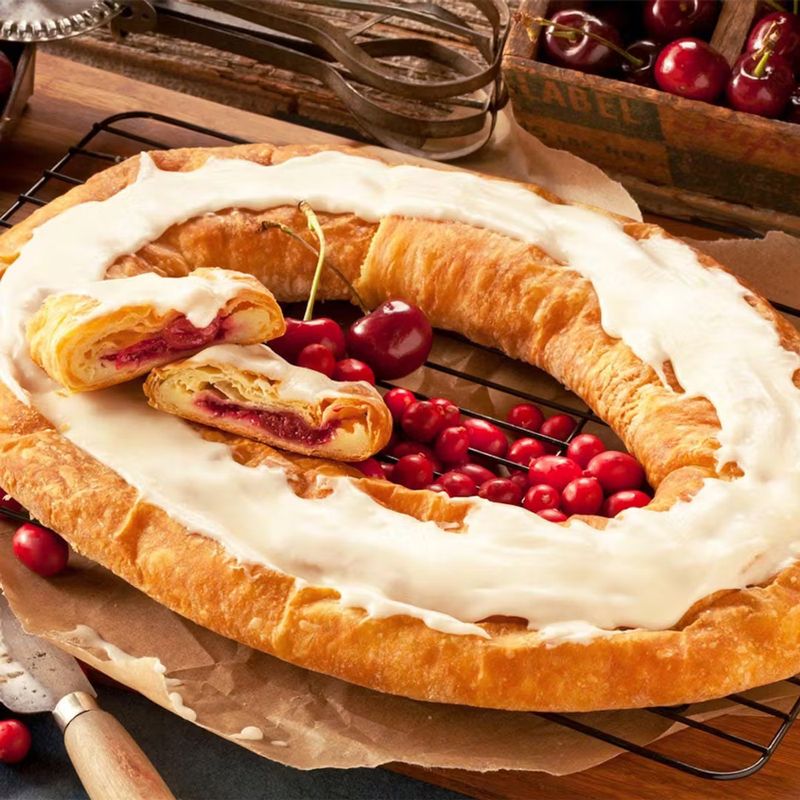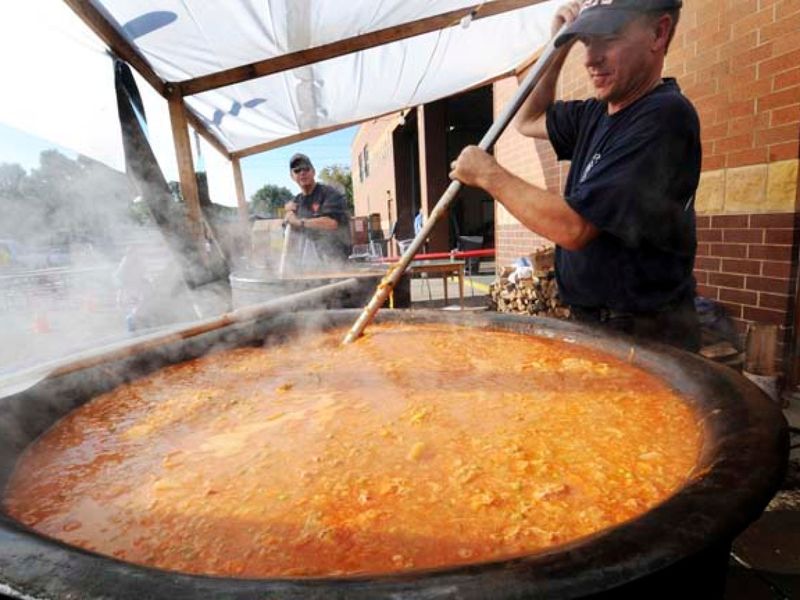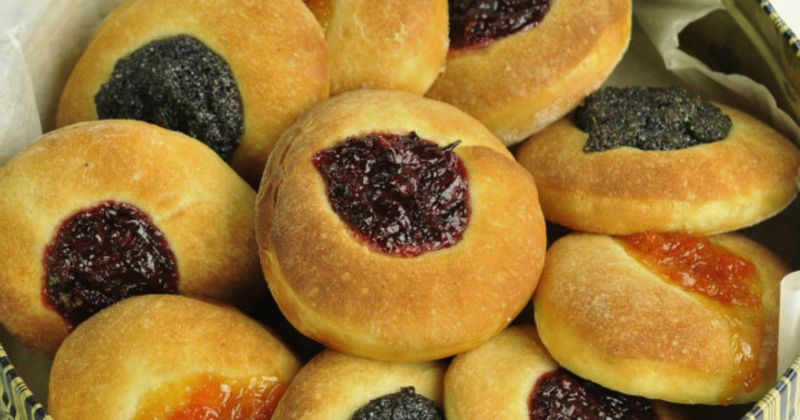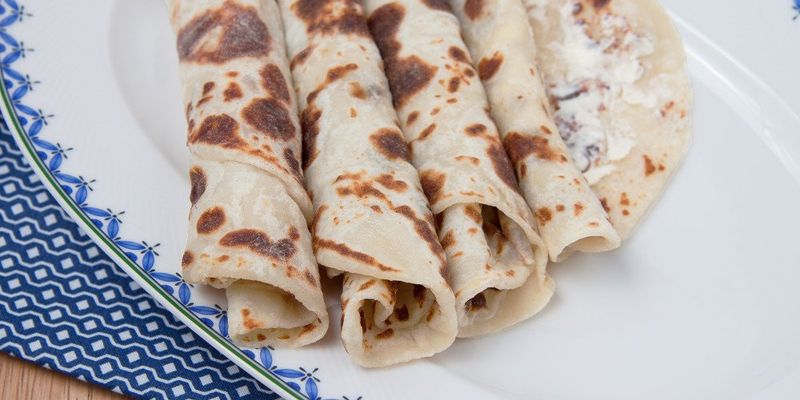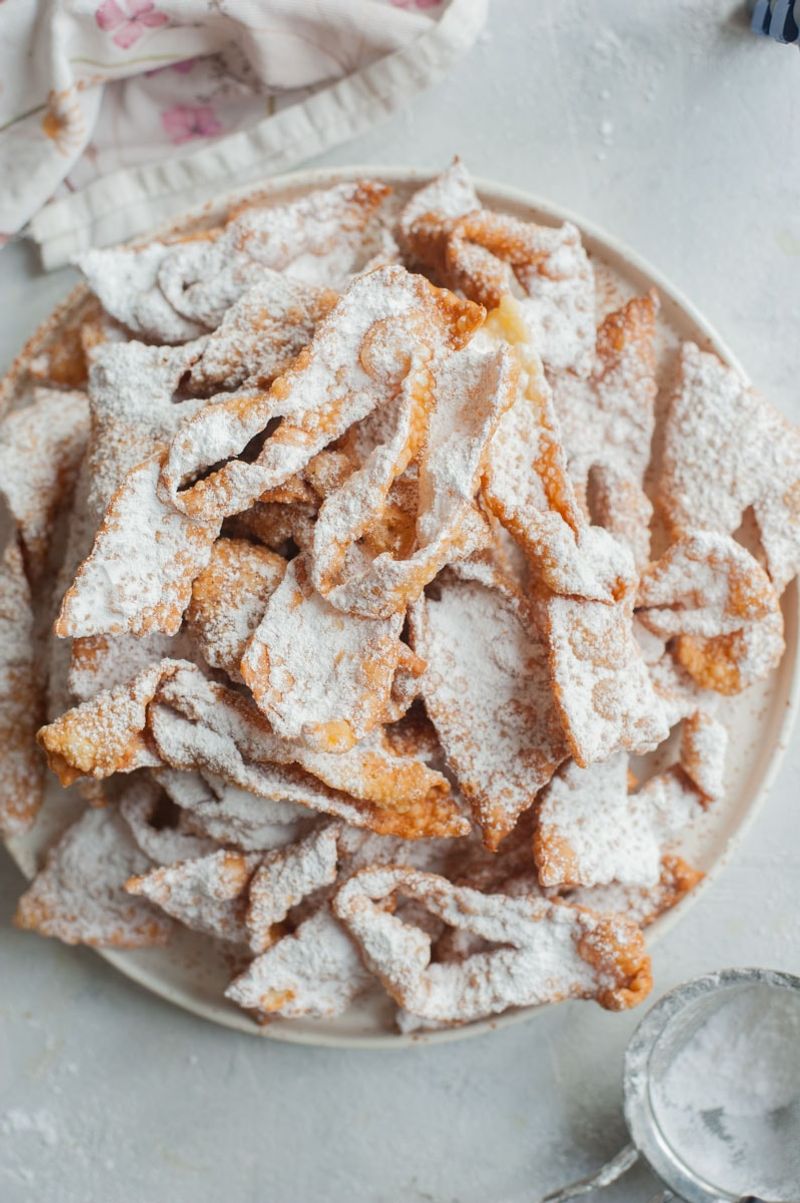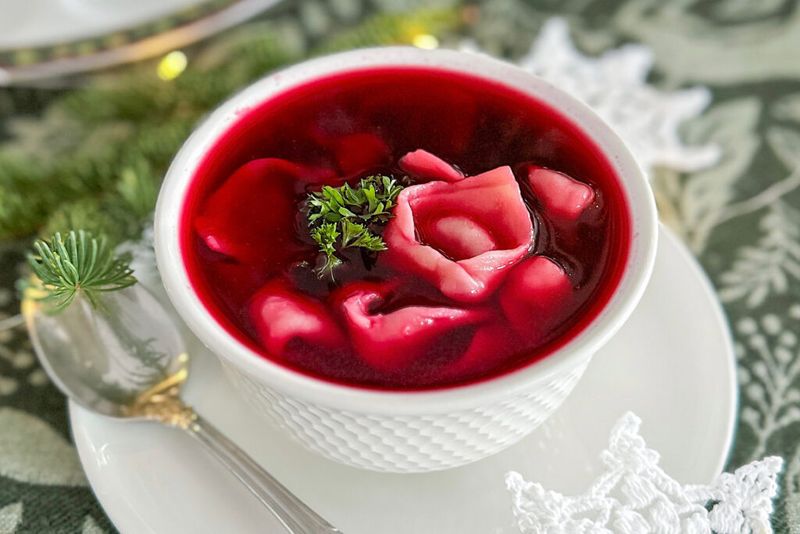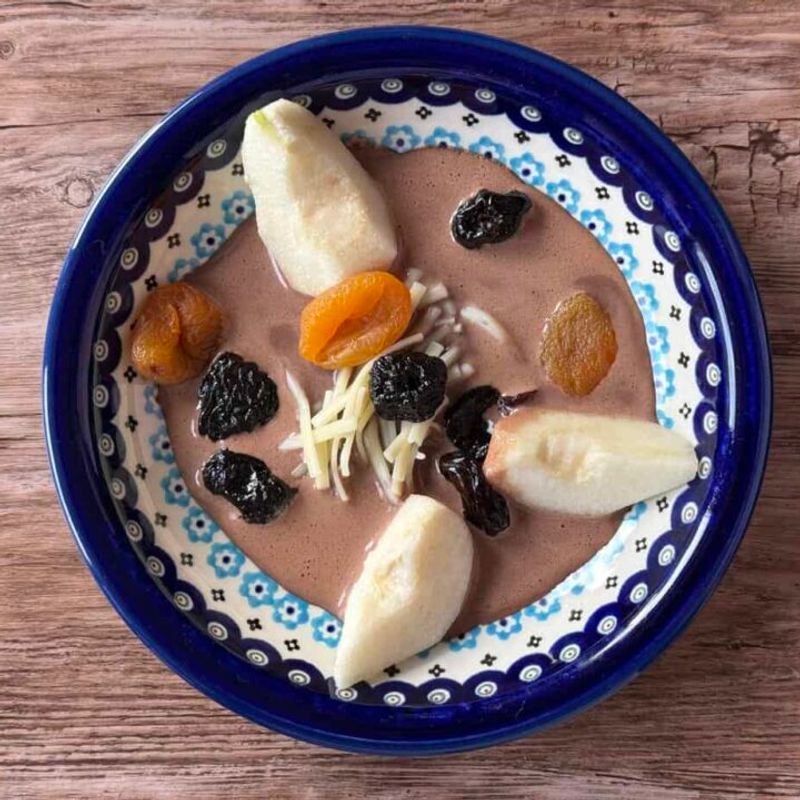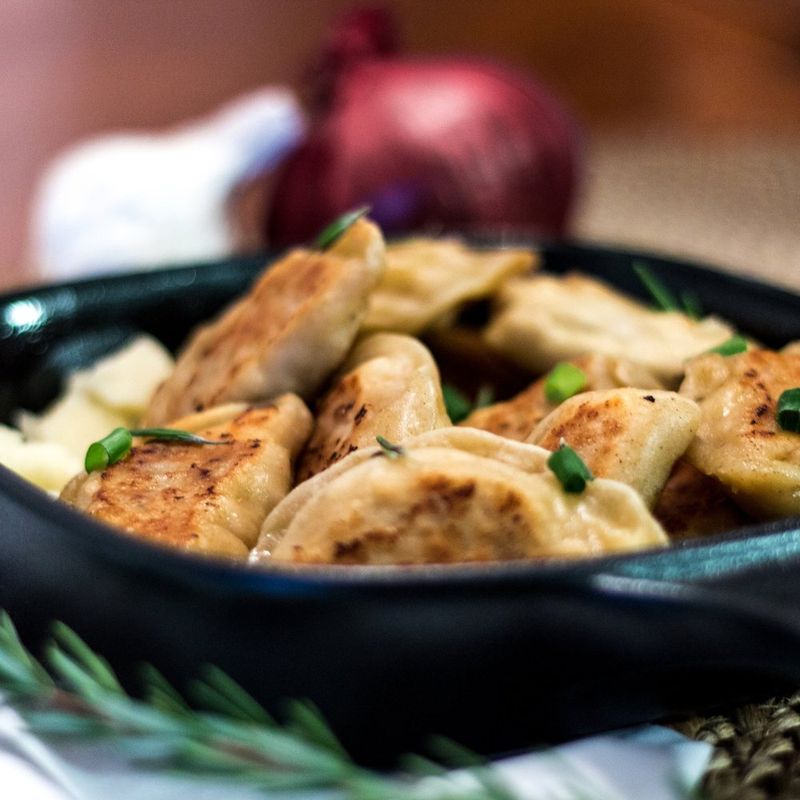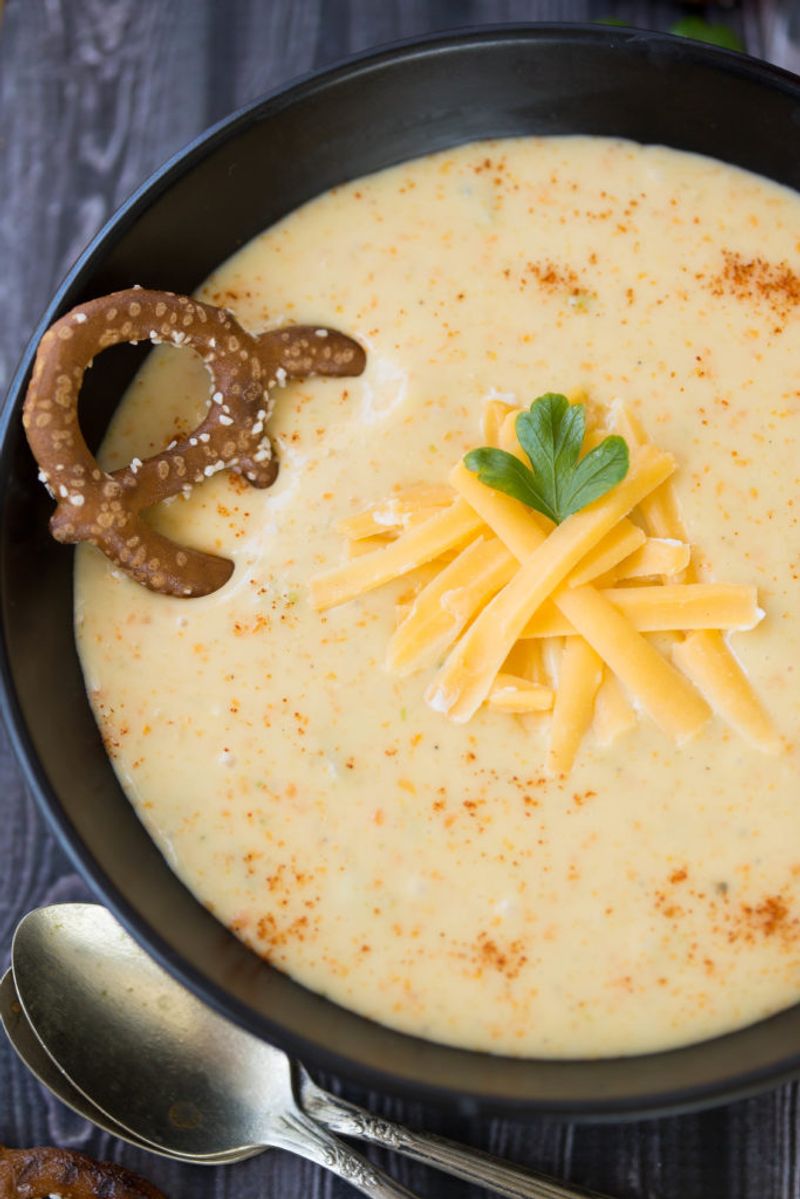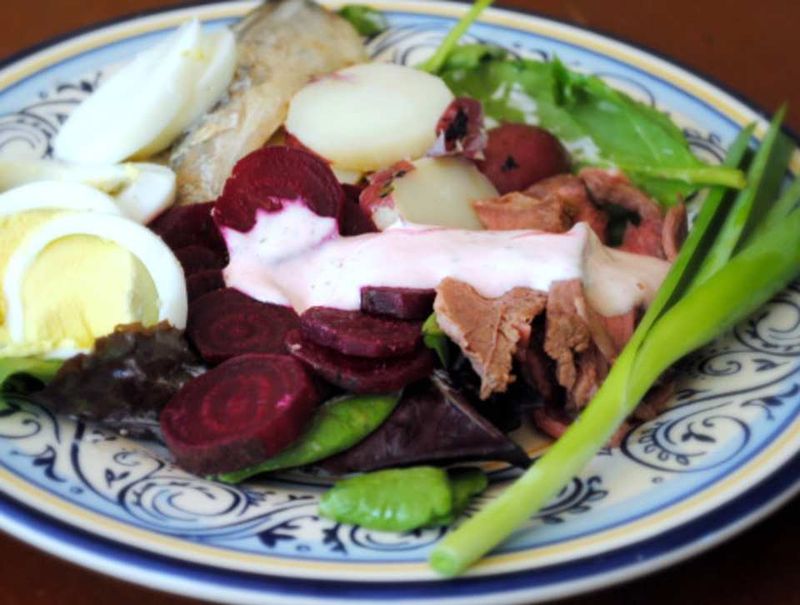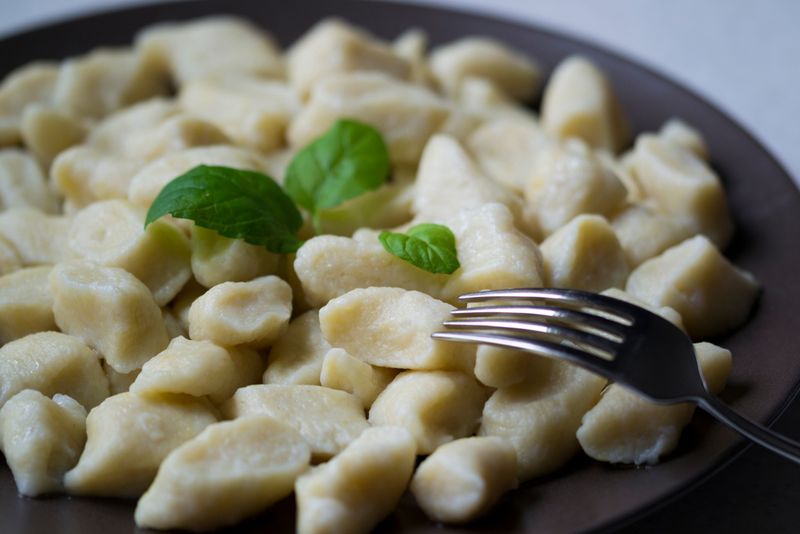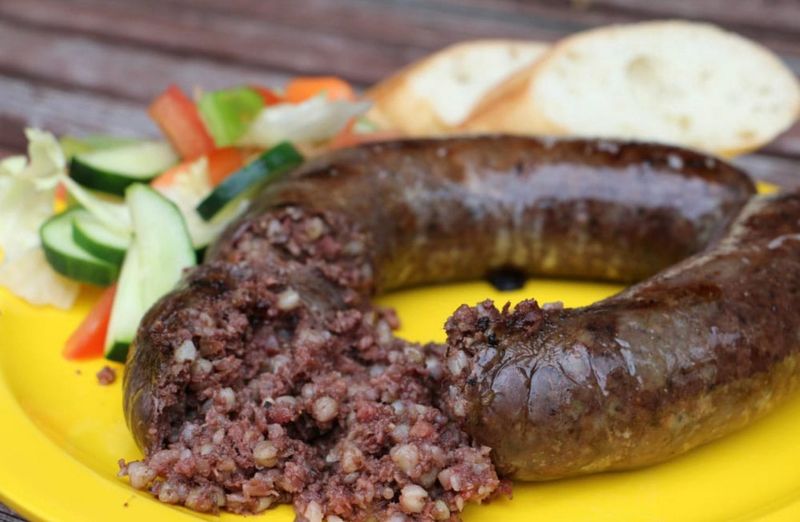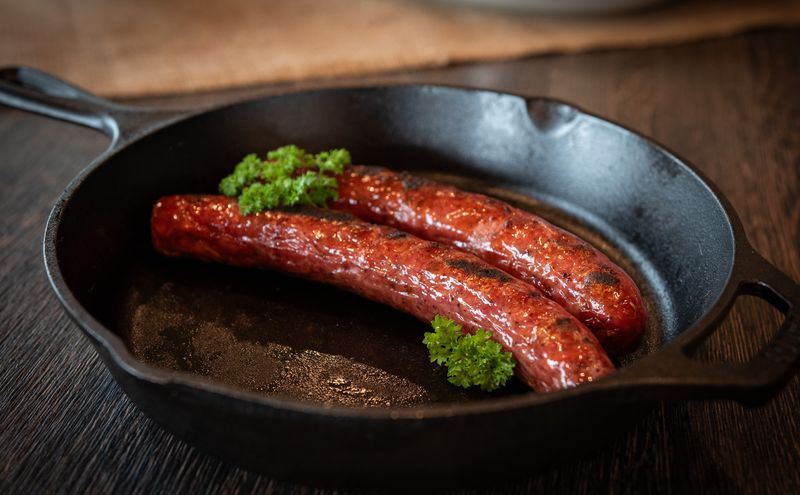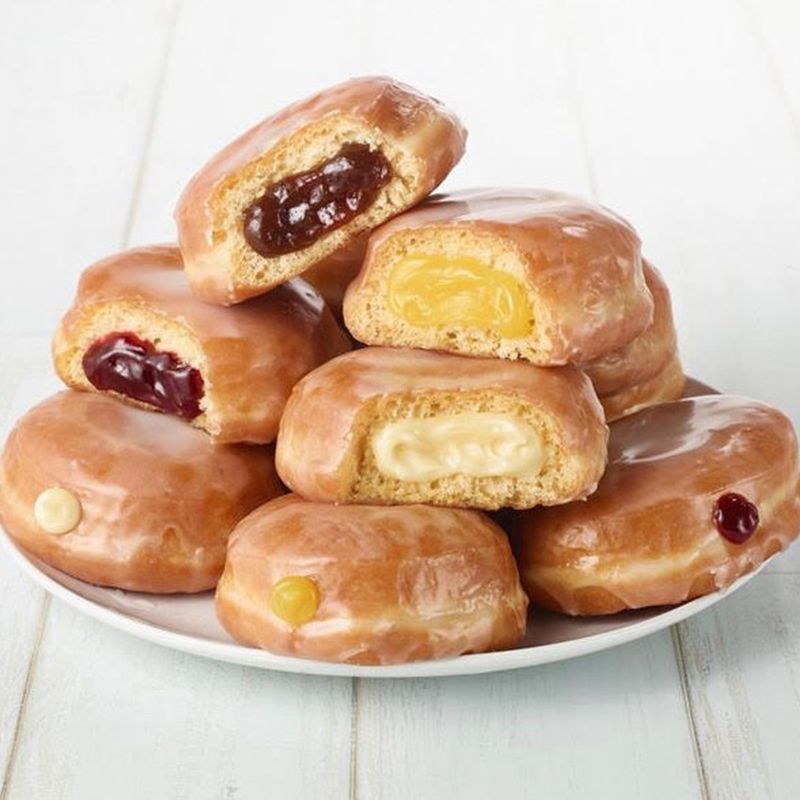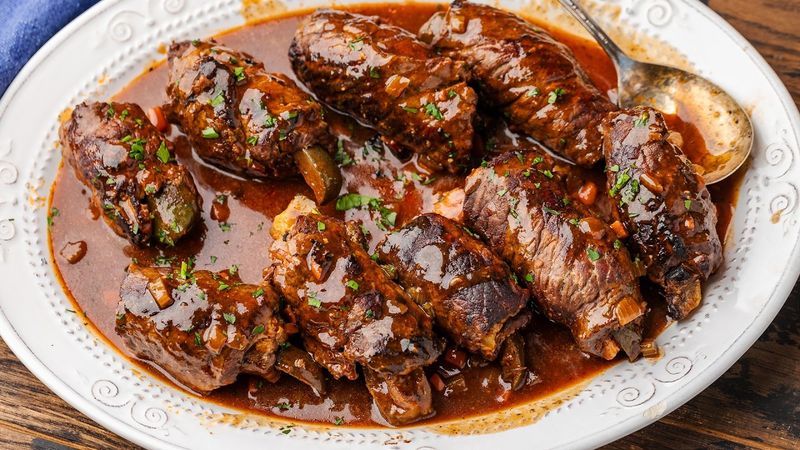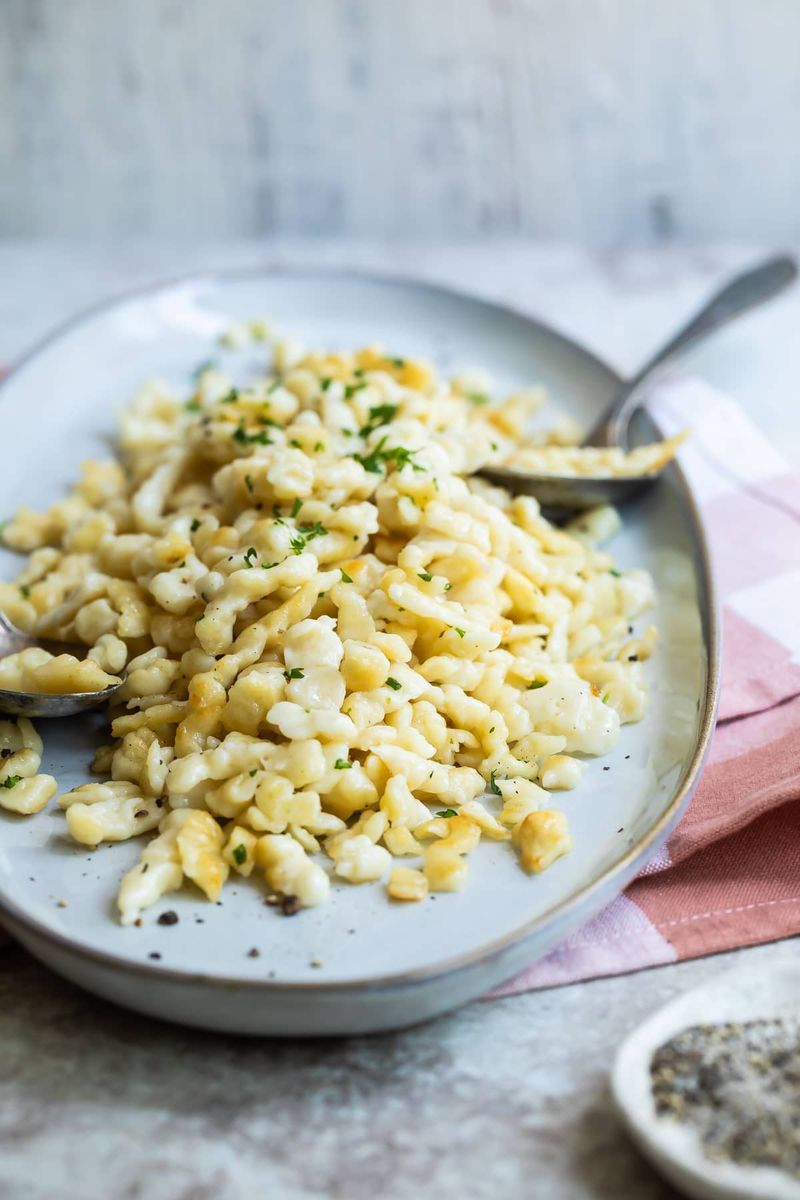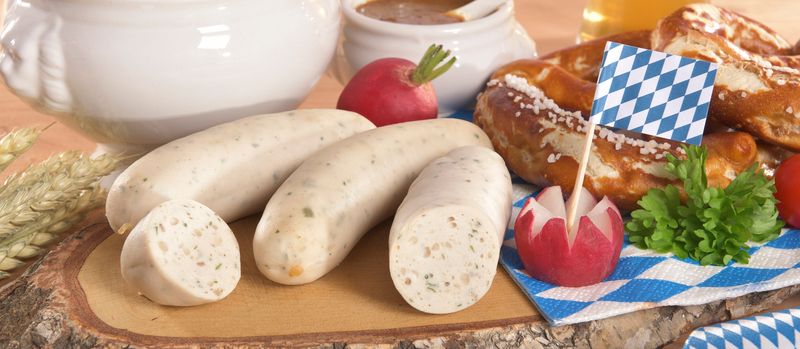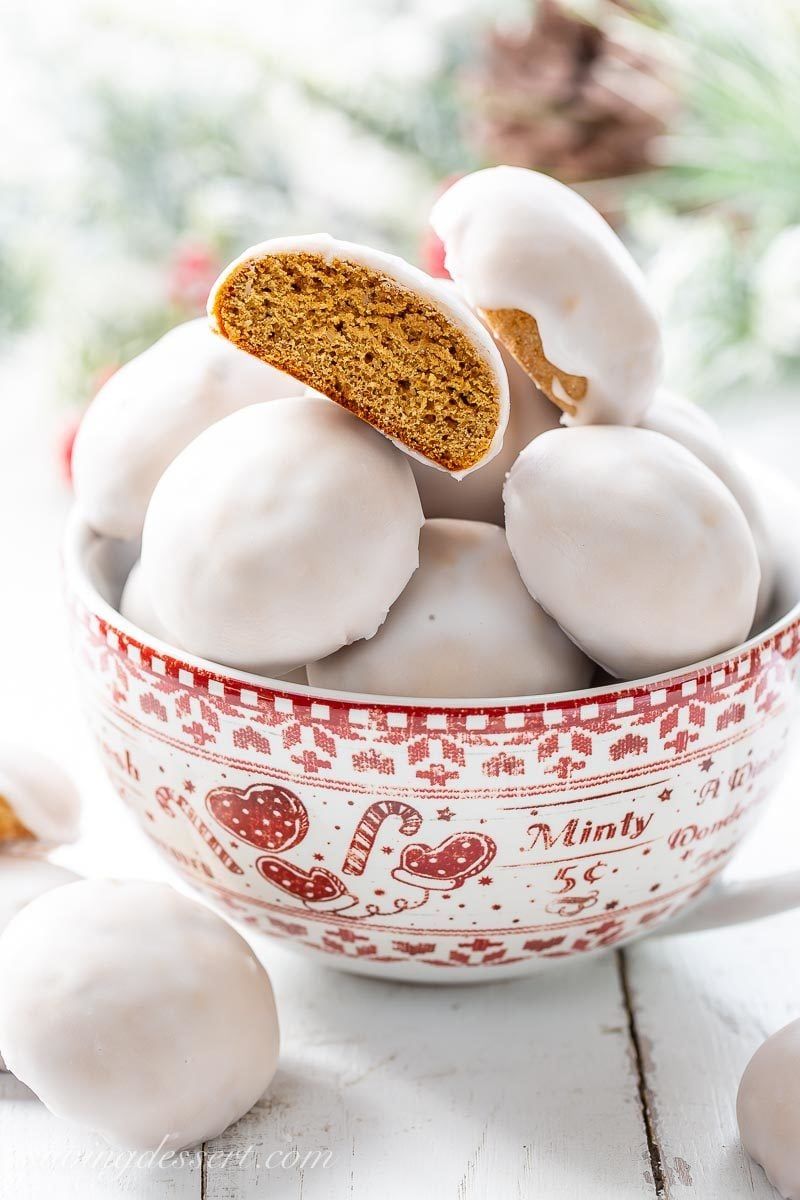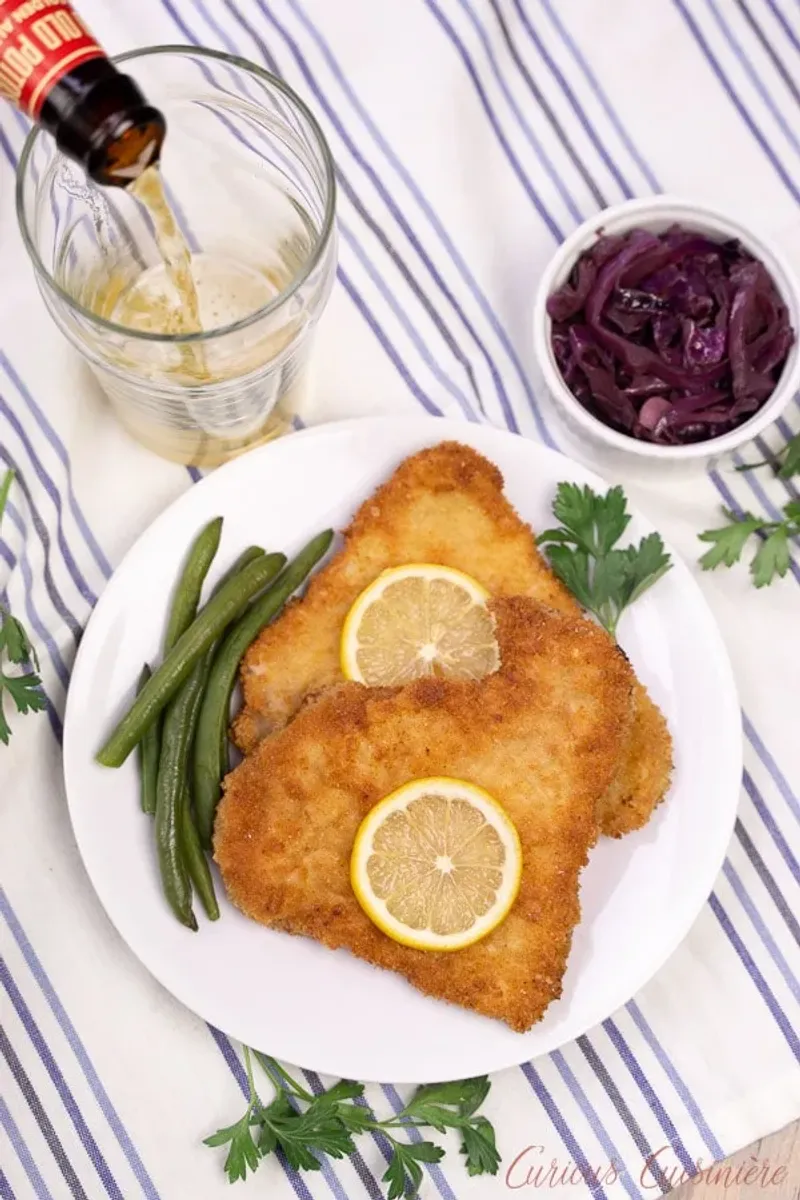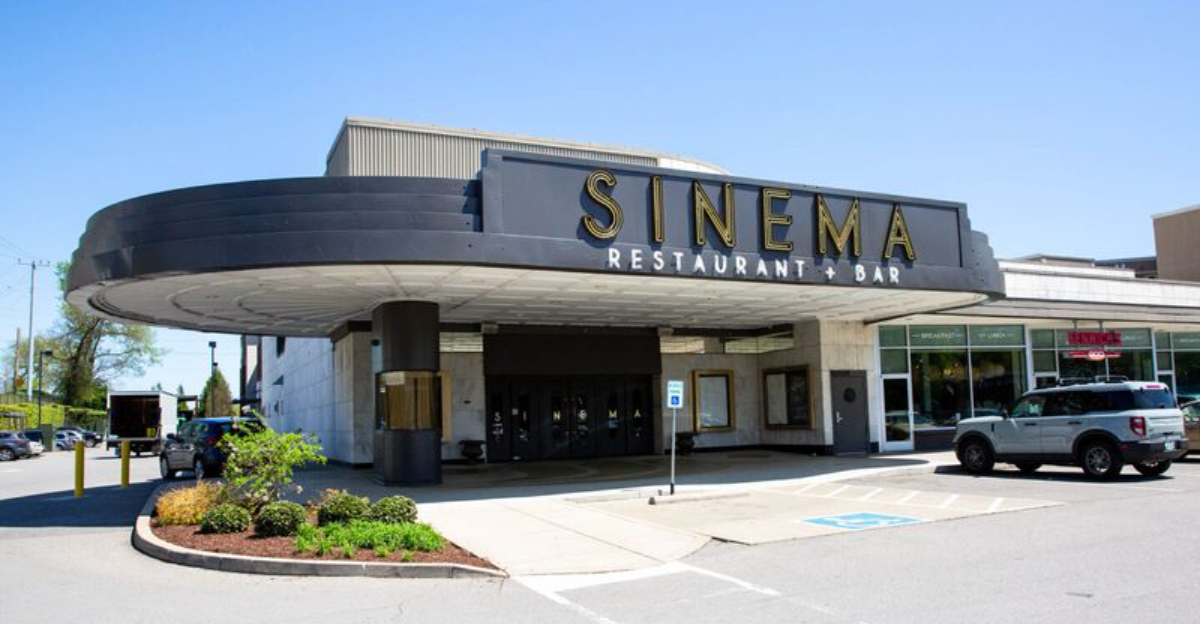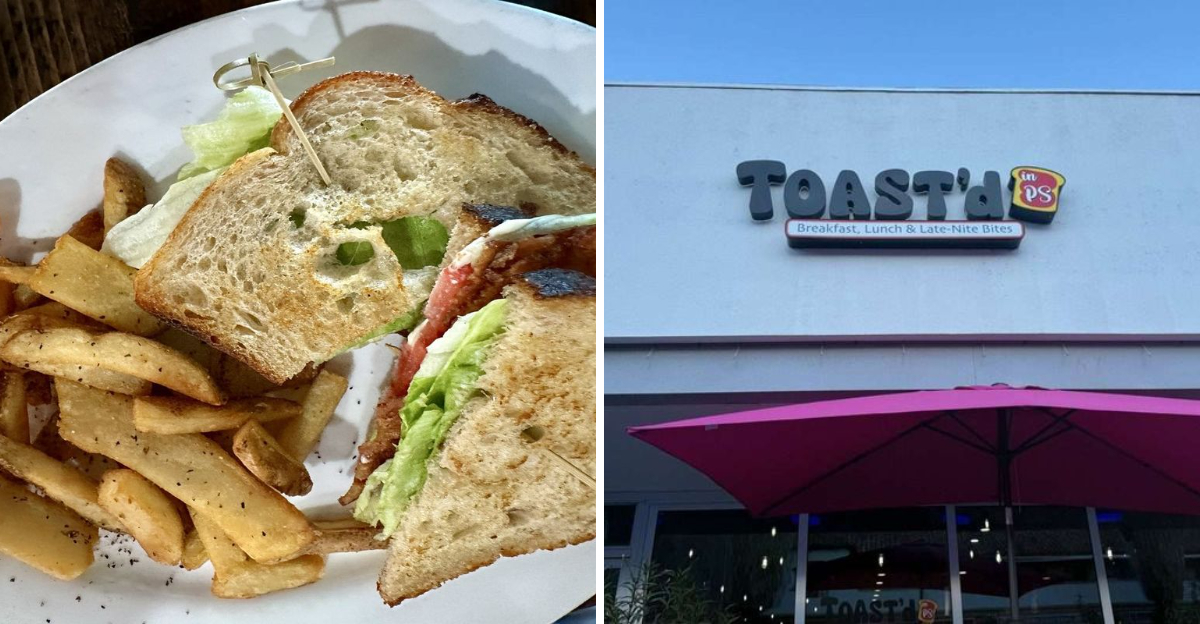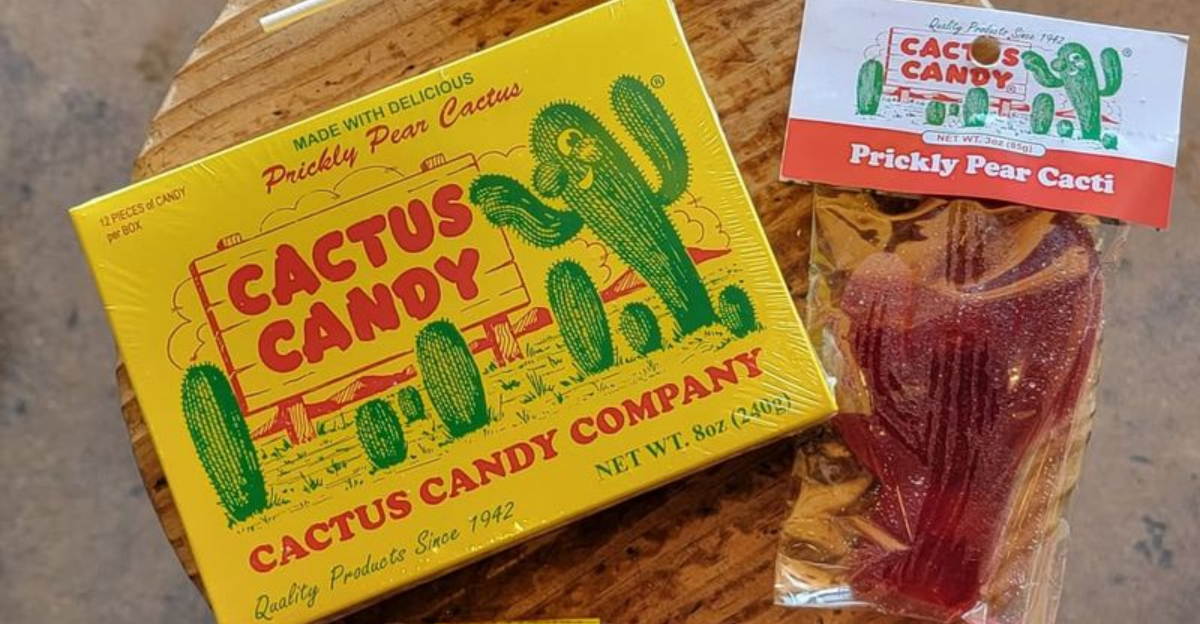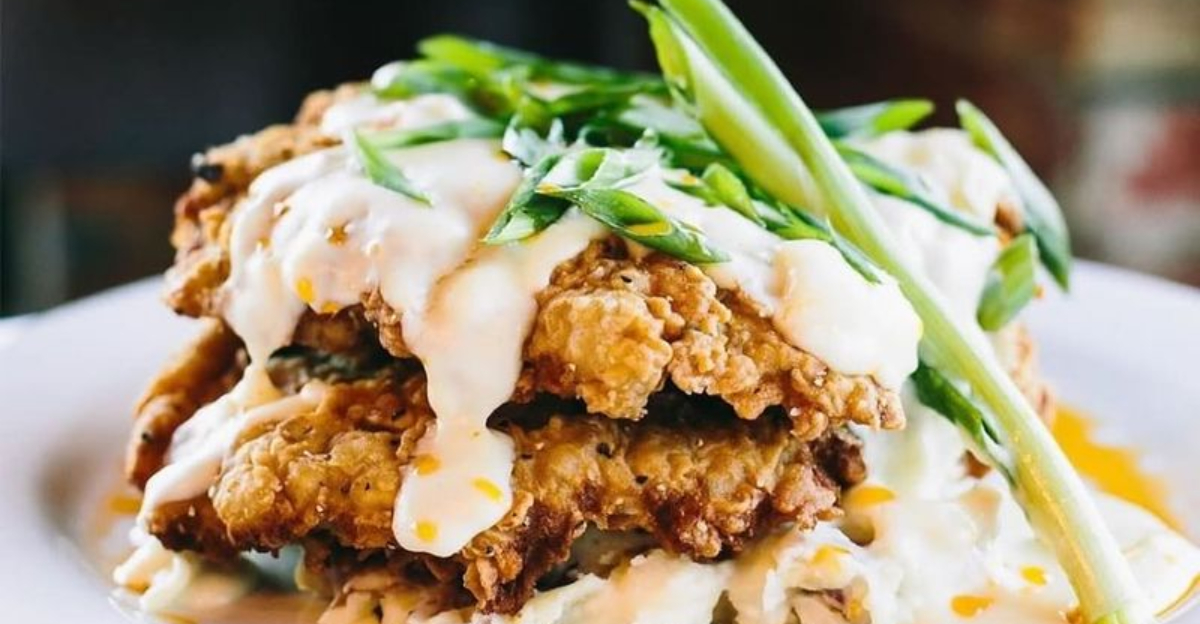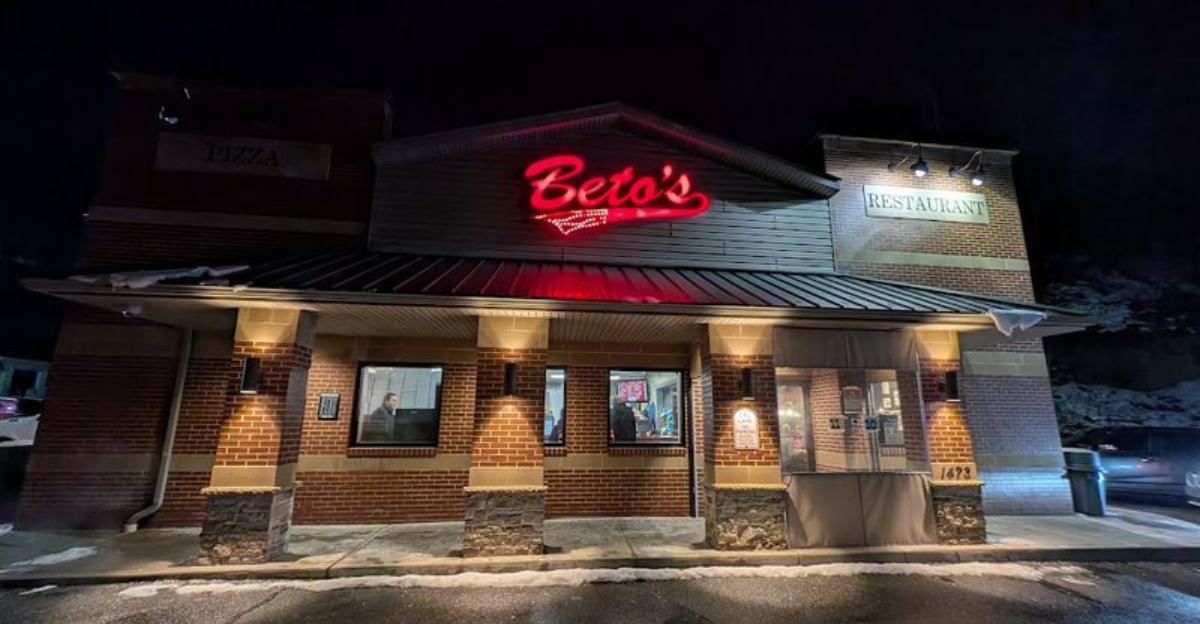20 Wisconsin Dishes That Outsiders Always Mispronounce
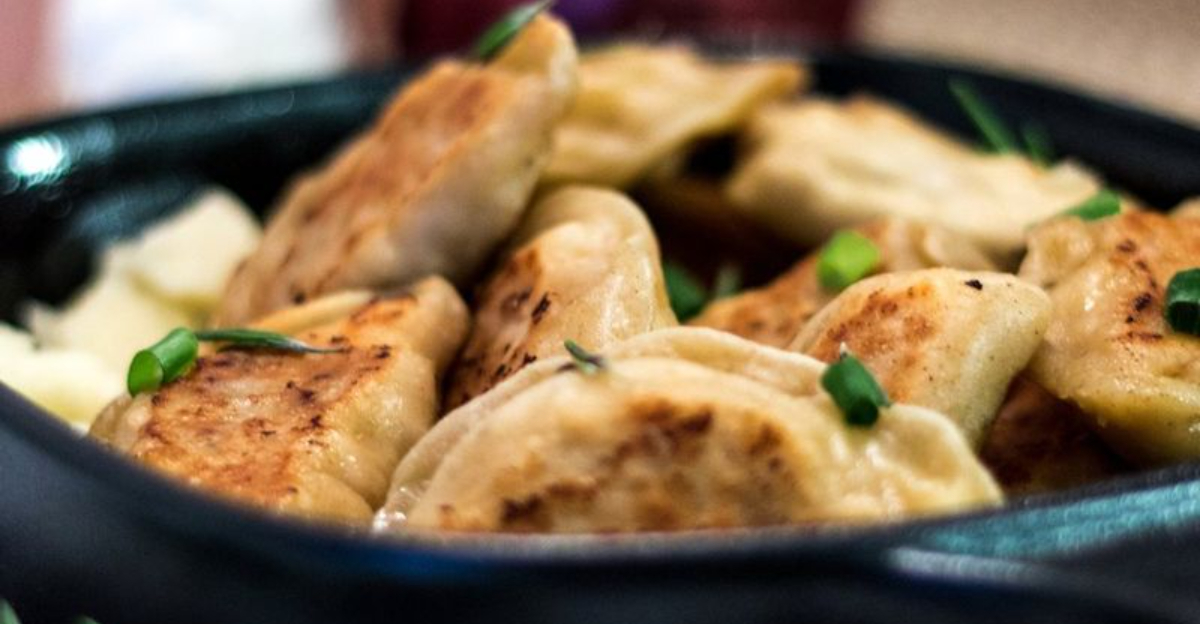
Wisconsin’s food scene is a delicious melting pot of German, Polish, and Scandinavian flavors that reflect the state’s immigrant heritage.
But if you’re not from the Badger State, chances are you’ve butchered the pronunciation of at least a few classic dishes.
1. Bratwurst
You might be tempted to say “BRAT-worst,” but Wisconsinites will quickly correct you. The proper pronunciation is “BROT-vurst” or simply “brat” (rhymes with “hot”). These juicy German sausages are practically a religion in Wisconsin, especially on game day.
Grilled to perfection and nestled in a bun with all the fixings, brats are the ultimate tailgate food. Just don’t call it a hot dog unless you want some serious side-eye from the locals.
2. Kringle
Say “KRING-gul” not “KRING-gull” if you want to sound like you know your pastries. This flaky, oval-shaped Danish treat is Wisconsin’s official state pastry, and it’s absolutely worth the mouthful of syllables.
Filled with everything from almond paste to cherry or pecan, kringles are a labor of love requiring dozens of butter layers. One slice with your morning coffee, and you’ll understand why Wisconsinites are so passionate about getting the name right.
3. Booyah
It sounds like a victory cry, and honestly, that’s kind of perfect. Pronounced exactly as it looks—”BOO-yah” – this hearty chicken and vegetable stew is a Wisconsin tradition born from Belgian immigrants.
Cooked in massive kettles at community gatherings, booyah takes hours to simmer and feeds entire neighborhoods. The name itself might come from the French “bouillon,” but nobody’s entirely sure. What we do know? It’s comfort in a bowl, pronunciation quirks and all.
4. Kolache
Here’s where things get tricky: it’s “koh-LAH-chee” or “koh-LAH-chee,” not “koh-LATCH.” These Czech pastries are pillowy soft with a sweet filling nestled in the center, and they’re absolute breakfast heaven.
Traditional fillings include poppy seed, prune, or cream cheese, though modern bakeries get creative with flavors. Wisconsin’s Czech heritage shines through in every buttery bite, making kolaches a beloved morning staple worth learning to pronounce correctly.
5. Lefse
Don’t let those Scandinavian letters fool you – it’s “LEF-suh,” nice and simple. This Norwegian potato flatbread is soft, thin, and traditionally slathered with butter and sugar before being rolled up like a delicious little scroll.
Making lefse is an art form passed down through generations, requiring a special grooved rolling pin and griddle.
During the holidays, Wisconsin families gather to make batches together, turning pronunciation lessons into cherished memories.
6. Chruściki
Good luck with this one: “hroosh-CHEE-kee” is the goal, though most folks just call them “angel wings” to save themselves the embarrassment.
These crispy, twisted Polish pastries are deep-fried ribbons of dough dusted generously with powdered sugar.
Light as air and dangerously addictive, chruściki appear at Polish celebrations and holidays throughout Wisconsin. One bite creates a shower of sugar, so maybe practice the pronunciation before your mouth is full of sweetness.
7. Uszka
Try saying “OOSH-kah” three times fast! These tiny Polish dumplings literally translate to “little ears,” which perfectly describes their adorable shape. Filled with mushrooms and typically served floating in borscht, uszka are a Christmas Eve tradition.
Making these miniature pockets requires patience and nimble fingers, as they’re much smaller than regular pierogi.
Wisconsin’s Polish communities take pride in their uszka-making skills, turning each batch into edible works of art.
8. Czernina
Pronounced “cher-NEE-nah,” this Polish duck blood soup isn’t for the faint of heart – in name or ingredients. The dark, sweet-and-sour broth gets its distinctive flavor from vinegar, prunes, and yes, duck blood that gives it a unique richness.
While it might sound intimidating, czernina is considered a delicacy in Wisconsin’s Polish households.
The pronunciation is just the first hurdle; convincing yourself to try it is the second. Spoiler alert: it’s actually delicious.
9. Pierogi
You’ve probably heard “pee-ROH-gee,” but the authentic pronunciation is closer to “pyeh-ROH-ghee” with a slight roll on that R. These Polish dumplings are stuffed with everything from potato and cheese to sauerkraut, then boiled and often pan-fried until crispy.
Wisconsin’s pierogi game is strong, with church dinners and Polish festivals serving them by the thousands. Whether you nail the pronunciation or not, everyone can agree: pierogi are pure comfort food perfection.
10. Biersuppe
Say “BEER-zoop-uh” and you’re golden! This German beer soup might raise eyebrows, but it’s a legitimate comfort food that combines beer, broth, and cream into something surprisingly wonderful.
Traditionally served with croutons or rye bread, biersuppe showcases Wisconsin’s dual love affairs with beer and hearty German cuisine. It’s proof that Wisconsinites will find a way to incorporate beer into absolutely everything.
11. Herring Salad
Okay, this one seems straightforward, but outsiders often stress the wrong syllable or add weird emphasis. It’s simply “HAIR-ring SAL-ad,” nothing fancy. This Scandinavian staple combines pickled herring with beets, potatoes, apples, and a creamy dressing.
The result is a sweet, tangy, and surprisingly refreshing dish that’s a holiday tradition in many Wisconsin homes. Don’t knock it until you’ve tried it – herring salad is an acquired taste that becomes absolutely crave-worthy.
12. Kopytka
“Koh-PIT-kah” is what you’re aiming for with these Polish potato dumplings. The name means “little hooves,” referring to their distinctive oval shape that’s smaller and simpler than traditional pierogi.
Boiled until tender and often tossed with butter and breadcrumbs, kopytka are comfort food at its finest. They’re like gnocchi’s Polish cousin, proving that every culture has figured out the potato-and-flour combo is basically magic.
13. Kiszka
Pronounce it “KEESH-kah” and prepare yourself for a truly traditional Polish experience. This blood sausage combines pork blood, buckwheat or barley, and spices into something that sounds scary but tastes incredible when fried until crispy.
Wisconsin’s Polish delis still make kiszka the old-fashioned way, honoring recipes brought over by immigrants generations ago.
It’s definitely an adventurous eat, but one that connects you to Wisconsin’s rich culinary heritage in the most authentic way possible.
14. Kielbasa
Most people butcher this as “keel-BAH-sah,” but it’s actually “keel-BAH-sah” or “kyel-BAH-sah” with a softer start.
This Polish sausage is a Wisconsin staple, found at every backyard barbecue, fish fry, and family gathering imaginable.
Garlicky, smoky, and perfectly seasoned, kielbasa can be grilled, fried, or simmered in beer. It’s more versatile than you’d think and infinitely more delicious than its tongue-twisting name might suggest to newcomers.
15. Paczki
Here’s a pronunciation minefield: it’s “POONCH-kee,” not “PACK-zee” or “pah-CHOO-ski.” These Polish donuts are fried to golden perfection and filled with fruit jam, custard, or cream before being topped with powdered sugar or glaze.
Fat Tuesday in Wisconsin means paczki day, when bakeries sell thousands of these decadent treats.
They’re richer and denser than regular donuts, making them the ultimate indulgence. Just practice saying the name before ordering a dozen.
16. Rouladen
Say “roo-LAH-den” and you’ll sound like a proper German food connoisseur. These beef rolls are stuffed with bacon, onions, mustard, and pickles, then braised until fork-tender in a rich gravy that’ll make you want to lick the plate.
Rouladen is Sunday dinner goals in Wisconsin’s German households, often served alongside red cabbage and spaetzle.
The preparation takes time, but one bite of that savory, tangy filling wrapped in tender beef makes every minute worthwhile.
17. Spaetzle
It’s “SHPET-sluh” or “SHPET-zul,” not “spa-GET-lee.” These tiny German egg noodles are irregular little dumplings that are boiled and often pan-fried in butter until golden and crispy on the edges.
Making spaetzle involves pushing dough through a special press or colander into boiling water, creating those characteristic squiggly shapes.
They’re the perfect side dish for soaking up gravy, and once you’ve had homemade spaetzle, boxed pasta just doesn’t cut it anymore.
18. Weisswurst
“VICE-voorst” is the pronunciation you’re looking for with this pale Bavarian sausage. Made from veal and pork, weisswurst is delicate, mild, and traditionally eaten before noon – yes, there are actual rules about when you can eat this sausage!
Served with sweet mustard and a pretzel, weisswurst is enjoyed by removing the casing and eating only the filling inside. Wisconsin’s German heritage keeps this breakfast sausage tradition alive, even if most people skip the strict time restrictions.
19. Pfeffernüsse
Try “FEF-er-new-suh” without tripping over your tongue! These German spice cookies are tiny, hard, and packed with pepper, cinnamon, cloves, and other warming spices.
The name literally means “pepper nuts,” though they’re definitely cookies, not nuts. Dunked in coffee or tea, pfeffernüsse become addictively spicy-sweet little bites that make Wisconsin winters feel a bit more festive and flavorful.
20. Schnitzel
It’s “SHNIT-sul,” not “SCHNIT-zel” with a hard Z sound. This breaded and fried cutlet – usually pork or veal – is pounded thin, coated in breadcrumbs, and fried until impossibly crispy and golden.
Wisconsin supper clubs serve some of the best schnitzel outside of Germany, often with a squeeze of lemon and a side of German potato salad. The key is getting that coating perfectly crunchy while keeping the meat tender and juicy.
